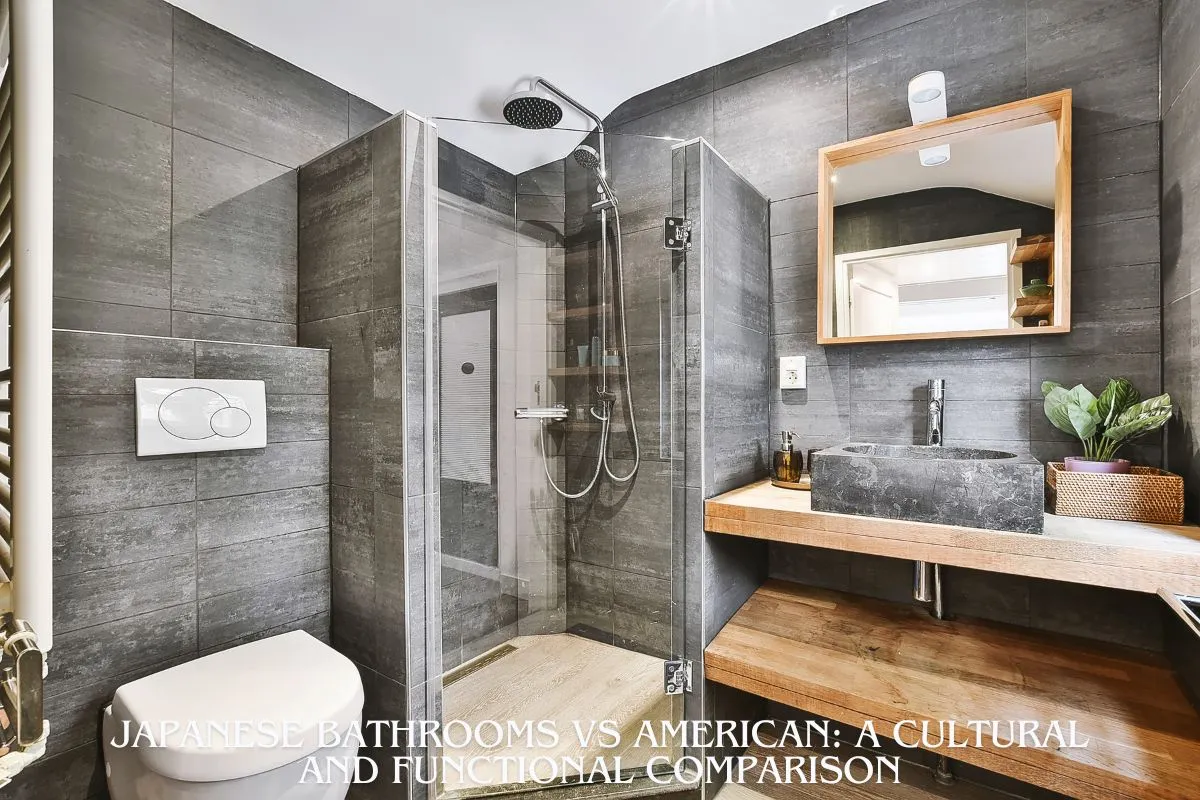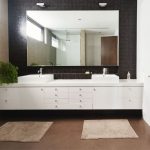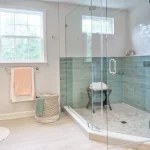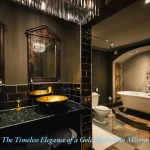When it comes to bathroom design, Japan and America couldn’t be more different. Japanese bathrooms are known for their efficiency, advanced technology, and focus on relaxation, while American bathrooms often prioritize convenience and space. These differences reflect deeper cultural values and lifestyles. In this article, we’ll explore the key differences between Japanese and American bathrooms, why they matter, and what we can learn from each style.
Why Bathroom Design Matters
Bathrooms are more than just functional spaces—they’re places where we start and end our days. The way a bathroom is designed can impact our comfort, hygiene, and even our mental well-being.
I’ll never forget my first experience in a Japanese bathroom. I was staying at a traditional ryokan (inn) in Kyoto, and the bathroom was unlike anything I’d seen before. The deep soaking tub, the separate washing area, and the heated toilet seat all made me feel like I was in a spa. It was a stark contrast to the all-in-one bathrooms I was used to back home in the U.S. That experience made me appreciate how much thought goes into bathroom design in Japan.

Key Differences Between Japanese and American Bathrooms
Here are the main ways Japanese and American bathrooms differ, along with insights from experts:
1. Functional Separation
In Japan, bathrooms are designed with a clear separation between the “wet” and “dry” areas. The bathing area, toilet, and sink are often in separate rooms or sections. According to Villeroy & Boch, “Japanese bathrooms often emphasize a clear separation of the ‘wet’ and ‘dry’ areas, with the bathing area distinct from the toilet and sink. This reflects a cultural emphasis on cleanliness and hygiene.”
- Why It’s Important: This separation keeps the bathing area clean and prevents water from splashing onto the toilet or sink.
- American Comparison: In the U.S., bathrooms typically combine all functions into one room for convenience.
2. Bathing Rituals
Japanese bathrooms are designed for relaxation, with deep soaking tubs called ofuro. The bathing process involves washing thoroughly before entering the tub to soak. Classy Bath explains, “The Japanese ‘ofuro’ (soaking tub) is designed for relaxation, with a deep immersion after thorough washing. This contrasts with the often more utilitarian function of American bathtubs.”
- Why It’s Important: The ofuro promotes relaxation and stress relief, which is a key part of Japanese culture.
- American Comparison: American bathtubs are often shallower and used more for quick showers than long soaks.
3. Technological Integration
Japanese bathrooms are known for their advanced technology, such as heated toilet seats, bidets, and automated bath-filling systems. SnapJapan.com notes, “Japanese bathrooms frequently incorporate advanced technology, such as heated toilet seats, bidets, and automated bath-filling systems, showcasing a focus on comfort and efficiency.”
- Why It’s Important: These features enhance comfort and hygiene, making daily routines more enjoyable.
- American Comparison: While some American homes have bidets or smart toilets, they’re not as common as in Japan.
4. Space Efficiency
In Japan, space is often limited, especially in urban areas. This has led to the development of compact “unit baths” that combine essential functions in a small footprint. Ivingeow.com explains, “Due to space constraints in urban Japan, bathrooms are often designed for maximum efficiency, with compact ‘unit baths’ that combine essential functions.”
- Why It’s Important: Unit baths make the most of limited space without sacrificing functionality.
- American Comparison: American bathrooms tend to be larger, with more space for separate fixtures and storage.
5. Material Usage
Traditional Japanese bathrooms often use natural materials like wood to create a calming and relaxing environment. Villeroy & Boch adds, “Traditional Japanese bathrooms place a high importance on natural materials, such as wood, which is used to create a calming and relaxing environment.”
- Why It’s Important: Natural materials add warmth and a sense of tranquility to the space.
- American Comparison: American bathrooms often use materials like tile, porcelain, and acrylic for durability and ease of cleaning.
6. Cultural Values
Japanese bathrooms reflect cultural values like cleanliness, relaxation, and respect for shared spaces. In contrast, American bathrooms often prioritize convenience and personalization.
- Why It’s Important: These differences show how cultural values shape everyday life and design choices.
What Can We Learn from Japanese Bathrooms?
1. Prioritize Relaxation
The Japanese approach to bathing as a ritual for relaxation is something we can all benefit from. Consider adding a deep soaking tub or creating a spa-like atmosphere in your bathroom.
2. Embrace Technology
Heated toilet seats and bidets may seem like luxuries, but they can greatly enhance comfort and hygiene.
3. Maximize Space
Even if you have a small bathroom, you can take inspiration from Japanese unit baths to make the most of your space.
4. Use Natural Materials
Incorporating natural materials like wood can create a calming and inviting environment.
Personal Anecdote: My Bathroom Makeover
After my trip to Japan, I decided to bring some of its design elements into my own bathroom. I added a deep soaking tub, installed a bidet, and used natural wood accents. The result was a space that felt both functional and relaxing—a little slice of Japan in my own home.
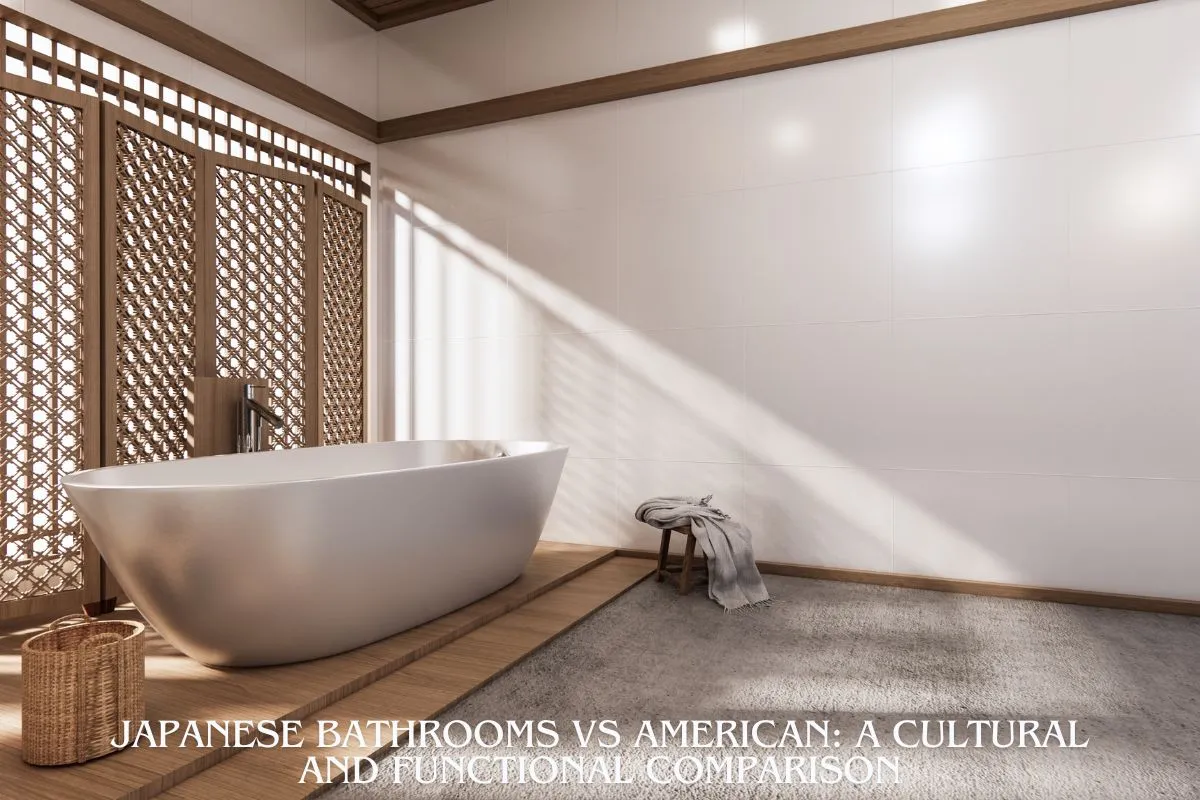
Unique Insights About Bathroom Design
1. Bathrooms Reflect Culture
The way a bathroom is designed can tell you a lot about a culture’s values and priorities.
2. Small Changes Can Make a Big Difference
Even small updates, like adding a bidet or using natural materials, can transform your bathroom experience.
3. Bathrooms Are Personal Spaces
Whether you prefer a Japanese-style soaking tub or an American-style shower, your bathroom should reflect your needs and preferences.
Common Myths About Bathrooms
1. Myth: Japanese Bathrooms Are Complicated
Fact: While they may seem different at first, Japanese bathrooms are designed for ease of use and efficiency.
2. Myth: American Bathrooms Are Outdated
Fact: American bathrooms are evolving, with many incorporating elements of Japanese design, like bidets and soaking tubs.
3. Myth: You Need a Big Budget to Upgrade Your Bathroom
Fact: Small changes, like adding a bidet or using natural materials, can make a big impact without breaking the bank.
Conclusion
Japanese and American bathrooms may be different, but both have something to offer. Japanese bathrooms excel in efficiency, technology, and relaxation, while American bathrooms prioritize convenience and space. By learning from each other, we can create bathrooms that are both functional and enjoyable.
So, whether you’re renovating your bathroom or just looking for inspiration, consider incorporating elements from both styles. You might just create the perfect space for your needs.

